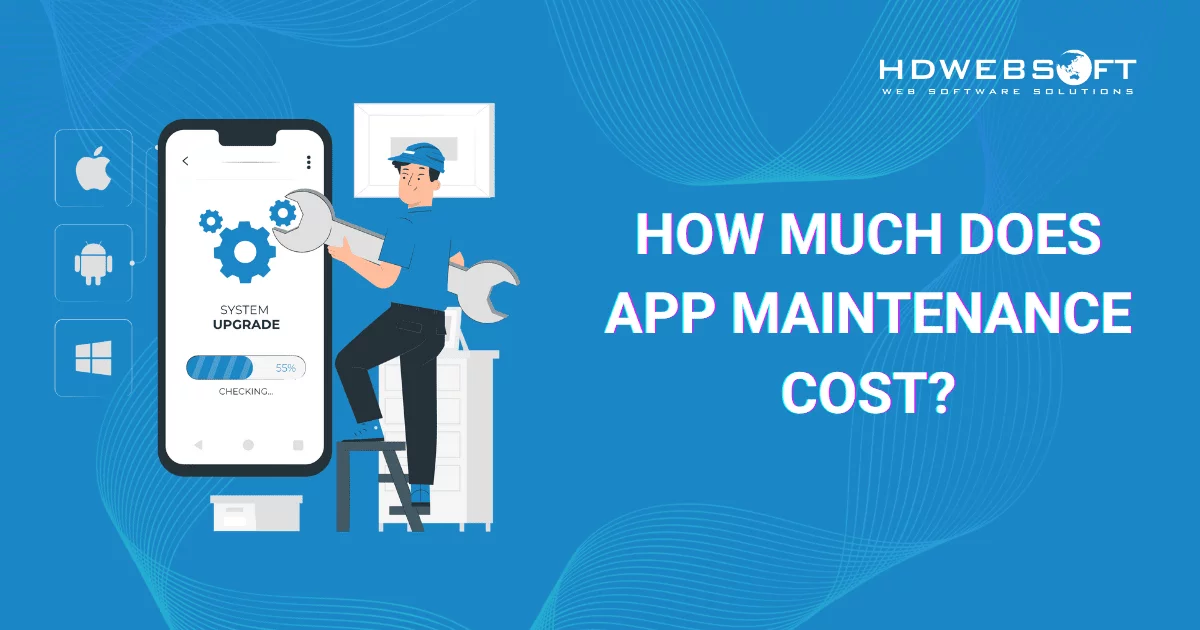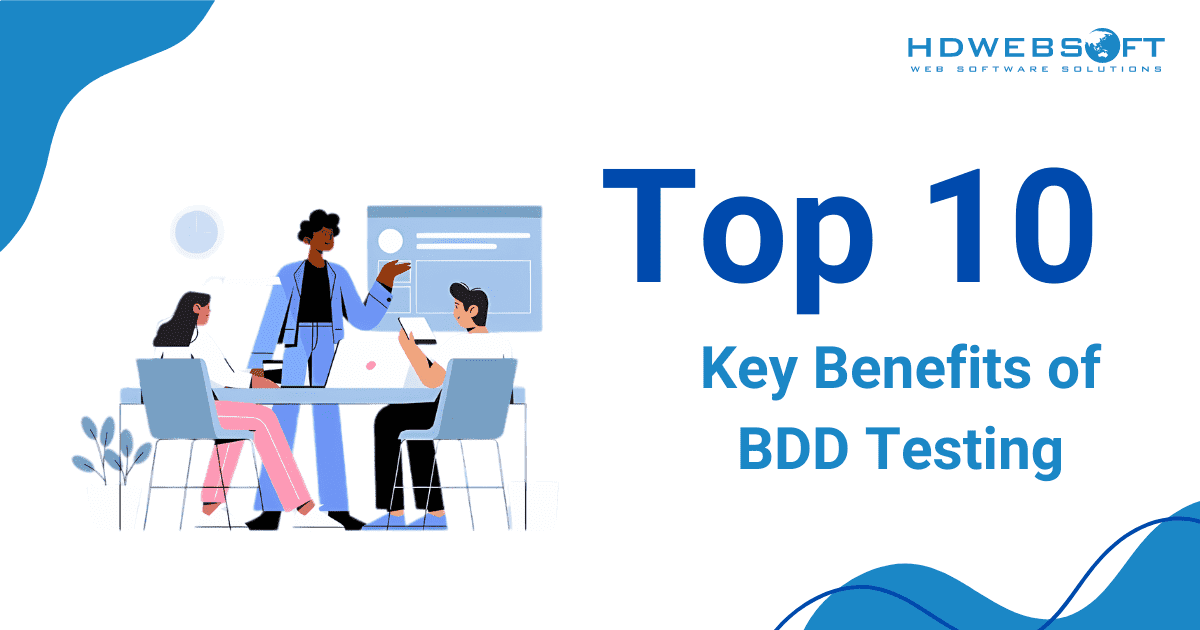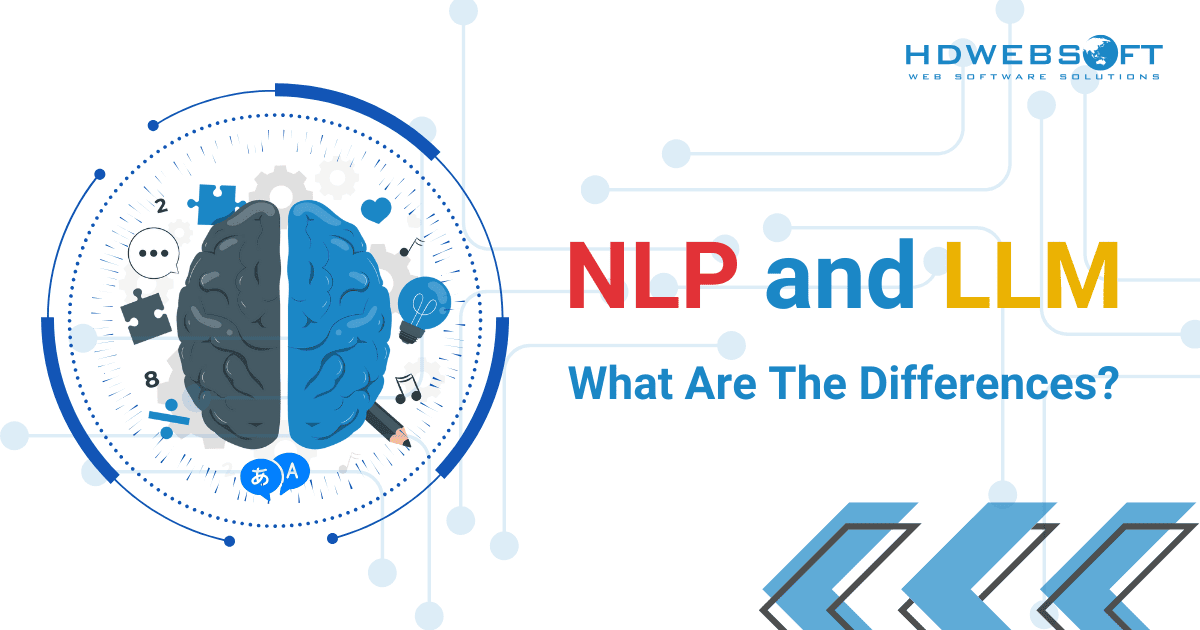
Top 10 Trends in BDD Testing 2024
Behavior-driven development (BDD) has revolutionized software testing by fostering clear communication and collaboration between development teams and stakeholders. This collaborative approach, often aided by specialized BDD tools, has resulted in significant benefits such as improved software quality and faster development cycles.
The emergence of new BDD testing tools and platforms can further amplify these benefits, as they promise to revolutionize collaboration between business stakeholders and development teams. Even though new challenges will occur as BDD testing technology evolves, it’s always best to stay ahead of these trends.
In this blog post, we’ll explore the top 10 trends and future directions for BDD testing and examine how it can continue to deliver value in the years to come.
- 1) Top 10 Trends in BDD Testing
- 1.1) Increased Automation and AI Integration
- 1.2) Enhanced Collaboration Tools
- 1.3) Shift-Left Testing
- 1.4) BDD for Microservices and Distributed Systems
- 1.5) CI/CD Integration
- 1.6) Cloud-Native BDD Solutions
- 1.7) Enhanced Reporting and Analytics
- 1.8) BDD testing for Non-Functional Requirements
- 1.9) Cross-Platform and Mobile BDD Testing
- 1.10) Community and Open Source Contributions
- 2) The Impact of BDD Testing Trends on STLC
- 3) Conclusion
Top 10 Trends in BDD Testing
The landscape of software development is constantly shifting, and BDD testing needs to adapt to stay relevant. Here, we’ll explore some exciting trends that are shaping the future of BDD, helping it deliver even greater value to your projects.
Increased Automation and AI Integration
The future of BDD testing is poised for a significant shift towards test automation, with BDD tools evolving to handle increasingly complex test scenarios autonomously. This automation will be driven by advancements in Artificial Intelligence (AI) and Machine Learning (ML), allowing these technologies to not only generate test cases from user stories and requirements but also execute and maintain them automatically.
It is worth mentioning that AI can improve the quality of BDD scenarios by suggesting refinements and identifying areas for improvement, similar to how AI can enhance the quality of traditional automated tests.
This symbiosis between human expertise and AI-powered automation will significantly reduce the manual effort currently required for BDD testing, leading to a surge in efficiency and allowing testers to focus on more strategic aspects of the software development process.
Enhanced Collaboration Tools
A wave of innovative BDD testing tools and collaboration platforms is set to reshape the future of BDD testing. These advancements promise to bridge the gap between business stakeholders and development teams even more effectively. Imagine interactive dashboards where stakeholders can visualize BDD scenarios.
Moreover, it provides real-time feedback and actively participates in requirement gathering. This will streamline communication, fostering transparency throughout the entire process. In addition, these tools will simplify the creation and management of BDD scenarios, ensuring a truly collaborative testing experience for all parties involved.
Shift-Left Testing
The concept of “shifting left”—prioritizing testing activities in the earlier stages of development—is poised to become even more ingrained within BDD practices. This means BDD scenarios will not only be defined later in the development cycle but also written and validated much earlier.
This proactive approach will result in a significant advantage: quicker feedback from stakeholders on the envisioned functionalities, allowing for course corrections and defect identification early on. As a result, the development process will benefit from fewer bugs and a smoother overall experience.
BDD for Microservices and Distributed Systems
As the software development landscape embraces microservices and distributed systems, BDD testing will undergo a necessary evolution to navigate these complex architectures effectively. An article has explored how an interface-oriented BDD approach can effectively test microservices and distributed systems. By focusing on the overall system behavior from a user perspective, BDD helps ensure seamless interactions between independent services.
CI/CD Integration
BDD will be more tightly integrated with Continuous Integration and Continuous Deployment (CI/CD) pipelines. This powerful combination will usher in an era of continuous testing and deployment, where BDD scenarios are seamlessly integrated into the CI/CD workflow.
This integration will act as a constant quality safeguard throughout the development cycle by automatically validating BDD scenarios with every code change. Not only does it ensure high-quality standards for the final product, but it also allows for early detection and resolution of issues, ultimately leading to faster and more reliable deployments.
Cloud-Native BDD Solutions
As cloud computing continues its meteoric rise, BDD tools and frameworks are set to evolve alongside it, offering an exciting wave of cloud-native solutions. These cloud-based test platforms, such as CucumberStudio, will leverage the power of the cloud to provide users with scalable, on-demand testing environments. This shift will significantly improve the way teams manage and execute BDD scenarios.
Gone will be the days of cumbersome on-premise setups. Cloud-based BDD will offer a flexible, efficient way to conduct testing, empowering teams to adapt to changing project needs with ease.
Enhanced Reporting and Analytics
Building on BDD testing’s collaborative strengths, the future of the methodology lies in the development of more advanced reporting and analytics capabilities within the tools themselves. This exciting advancement will provide teams with a wealth of data and deeper insights.
Imagine being able to analyze test coverage with pinpoint accuracy, assess the performance of individual scenarios, and identify potential areas for improvement – all through robust analytics. This newfound data-driven approach will empower teams to make informed decisions throughout the development lifecycle, ultimately leading to a more optimized and efficient testing process.
BDD testing for Non-Functional Requirements
Beyond its current focus on functional requirements, BDD is poised for an exciting expansion. The methodology will encompass non-functional requirements as well, casting a wider net to ensure a more holistic approach to software quality. This means BDD will not only verify core functionalities but also delve into critical aspects like performance, security, and user experience. This comprehensive testing approach will lead to the creation of robust and user-friendly software that meets all stakeholders’ needs.
For example, BDD security testing has already been a thing for years. A published article has pointed out the importance of incorporating security considerations into BDD scenarios. By defining scenarios that explore potential attack vectors and expected system behavior under such conditions, testers can proactively identify and address security vulnerabilities.
Cross-Platform and Mobile BDD Testing
As the demand for cross-platform and mobile applications explodes, BDD testing tools are poised to evolve alongside them. This means we can expect significant improvements in how these tools handle the complexities of these environments, making them the solutions to mobile challenges.
Imagine BDD scenarios that seamlessly adapt to different operating systems, devices, and screen sizes, eliminating the need for cumbersome adjustments. This enhanced support will not only streamline the testing process for mobile and cross-platform applications but also ensure comprehensive testing across diverse user experiences.
Community and Open Source Contributions
Fueled by a growing BDD community, the future of software testing promises a vibrant ecosystem brimming with open-source contributions and collaborative projects. This collaborative spirit will act as a catalyst for innovation, driving the development of next-generation tools, frameworks, and best practices. As a result, BDD will continue to evolve and adapt to meet the ever-changing needs of the software development landscape.
Here’s an infographic for the discussed above BDD testing Trends:
The Impact of BDD Testing Trends on STLC
The Software Testing Lifecycle (STLC) is undergoing significant transformation due to emerging trends in BDD testing. These trends are reshaping how testing is conducted, managed, and integrated into the software development process. Let’s see how the above trends impact the STLC:
Improved Communication and Collaboration
Effective communication and collaboration between stakeholders have long been challenges in software development. However, BDD trends are facilitating smoother interactions among developers, testers, product owners, and other stakeholders. By using BDD tools and practices, teams can create a shared understanding of requirements through executable specifications. This results in clearer communication, reduced misunderstandings, and enhanced collaboration throughout the testing lifecycle.
Accelerated Development and Testing Cycles
BDD trends, such as increased automation and integration with CI/CD pipelines, are accelerating the development and testing cycles. Automating test scenarios and integrating them into CI/CD pipelines enables faster feedback loops. Developers can receive immediate feedback on the quality of their code, allowing them to address issues early in the development process.
Consequently, shorter release cycles, quicker time to market, and increased agility in responding to changes and customer feedback results.
Enhanced Quality and User Satisfaction
One of the most significant impacts of BDD trends on the STLC is the improvement in software quality and user satisfaction. By focusing on behavior-driven scenarios and user-centric testing, BDD ensures that software meets user expectations and business requirements.
The emphasis on user stories and acceptance criteria helps teams deliver features that align with user needs and preferences. As a result, the quality of software products increases, leading to higher user satisfaction, reduced defects, and improved brand reputation.
Dive deep into our Software Testing Service.
Conclusion
By embracing these trends, BDD testing can evolve alongside the STLC, ensuring its continued role as a cornerstone of high-quality software development. Staying informed and adapting your BDD practices will allow you to leverage these advancements for a more streamlined, collaborative, and efficient testing experience. The future of BDD is bright, and its impact on the STLC promises to be transformative.











